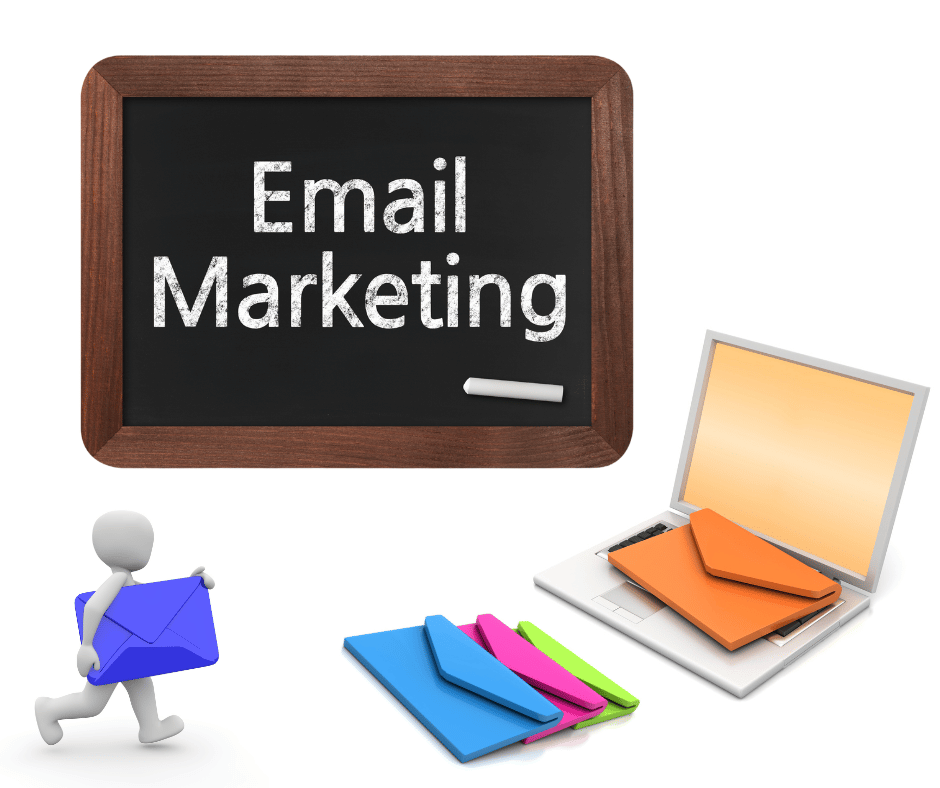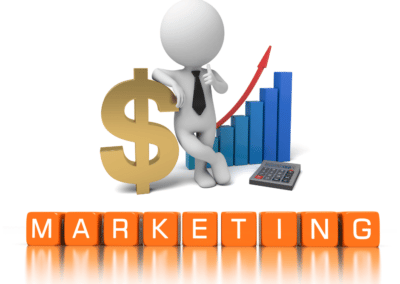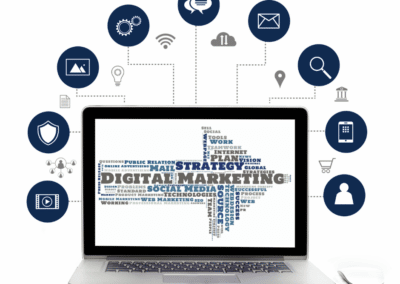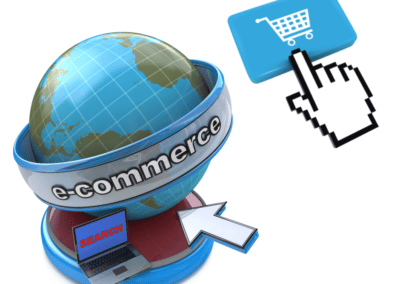Since its inception in 1978, email marketing has grown to be one most powerful digital marketing tools available to modern businesses. When compared to nearly any other digital marketing strategy, email marketing has consistently shown to have the highest ROI (Return on Investment), resulting in an average of $42 in revenue for every $1 spent. While this outstanding 4,200% ROI is possible due to the relatively inexpensive practice of email marketing, it’s clear to see why so many companies are eager to invest in a robust email campaign.
More than 304-billion emails are sent worldwide from companies on any given days, which is why it’s so important for your content to stand out to your readers, maintain their interest, and meet your marketing goals. Whether you’re marketing to new customers or reoccurring customers, here are the top 5 email marketing tips to ensuring an effective campaign.
1) Subject Lines
Let’s start with what the user will first see when receiving your email, the subject line. Being one of the most important aspects of email marketing, a subject line can make the difference of recipients opening your email, deleting it, or even reporting it as spam. In fact, 47% of email recipients choose to open an email solely based on the subject line. Additionally, put as much time into your email’s preview text as it’s just as important as your subject line.
Effective subject lines will usually be:
- Short: Say more with less words.
- Simple: Let readers know what awaits them in your email.
- Provide Value to Recipient: Discounts, giveaways, and other advantages to the recipient.
- Add a Sense of Urgency: Make your email timely, inspire action by giving readers a cutoff date.
- Stay Original: Avoid gimmicks like the word “Free”, using ALL CAPS, emojis, and other cluttered copy.
2) Design Matters
Once you’ve established a subject line that’s incentivized the recipient to open on your email, it’s now important to maintain their interest. Your emails design should align with the overall branding found on your website, this will establish consistency along your many touch-points. Once the recipient is viewing your email, your design and copy should clearly indicate where they should go to take next steps. Inserting short paragraphs, exciting keywords, and bullet points all help the reader skim your email and understand your message quickly.
According to Hubspot, 65% of users prefer emails that contain mostly images. Visuals are an excellent way to personalize your emails while staying on-brand. When inserting images, make sure to choose small files that don’t slow down the loading of your email. It’s important to insert images sparingly and omit any visuals that don’t contribute to your message. Some email providers consider images as an indicator of spam, so make sure that your sparse use of visuals really help illustrate your emails message.
3) Automation/Audience Segmentation
One key advantage of email marketing is its ability to segment your audience and send tailored messages that yield a more targeted and profitable campaign. Audience segmentation gives businesses the ability to stay out of spam folders by personalizing emails to specific audiences. While it’s possible to segment by demographic information such as gender, age, and location; companies can also segment audiences based on content interests, purchase history, website activity, email engagement, and an assortment of other targeting factors.
When delving into this world of audience segmentation, it’s nearly impossible to successfully manage these audiences without first automating your email campaign. Whether you’re sending Welcome emails to new subscribers, or reminding customers of their abandoned online shopping cart, there’s nearly limitless triggers available to help automate your email campaign. Popular online email marketing services include MailChimp, Sendinblue, ConvertKit, HubSpot, MailerLite, and many more.
4) Campaign Goals
Establishing your marketing goals early-on will lead to a more successful campaign. Common email marketing goals include a profitable return on investment, brand recognition, landing page views, and so much more. Once your marketing goals are established, this will better help you identify which metrics will track how successful your campaign truly is. While a business may believe their email marketing campaign is running successfully, it’s the analytics that tell the full story.
Common campaign metrics include:
- Open Rate: Track the number of users who opened your email.
- Click Rate: Shows how many users clicked over to your landing page.
- Earning Per Subscriber: Tells you how profitable your email campaign has been.
- Unsubscribe Rate: Displays how many people unsubscribed from your email list.
5) Links & Landing Pages
No clicks mean no customers. Depending on what your email campaigns goal is, a majority of the time companies are hoping for recipients to click over to their website. Make your call-to-action exciting by including visually striking buttons that clearly states what value this action has to your reader. Besides just the button, hyperlinking your emails images will better help simply your customer’s journey.
You want the entire journey to be seamless for your recipient, which is why it’s important to send your customer to landing pages that make sense based on your business goals and email copy. For example, rather than sending customers to your homepage, send them to a specific landing page that’s directly related to your emails message. Email marketing is just one step to a longer journey you’re sending your customers through, which is why it’s vital to consider every step following your email campaign.
For more information on how our Destination Marketing team can help build your businesses marketing campaigns, contact us here.



